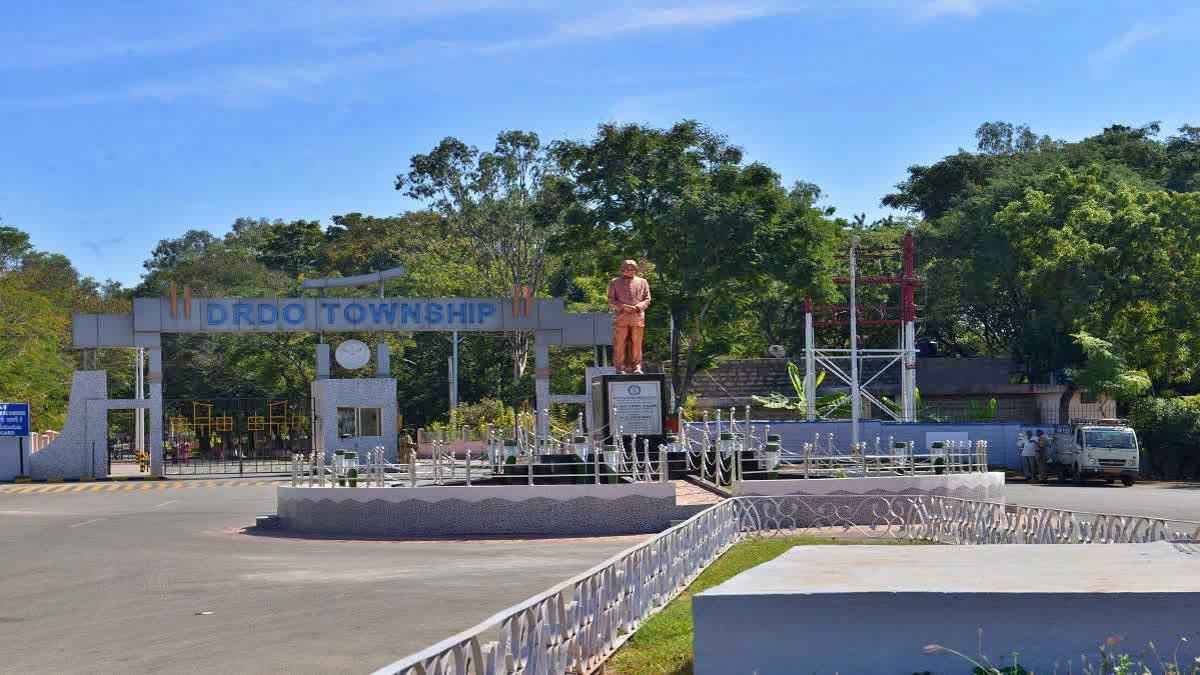Hyderabad: DRDO's Foundation Day is observed on January 1 every year to commemorate the excellent work of the organisation in making the nation strong and self-reliant in terms of science and technology and especially military technologies.
What is DRDO? DRDO is the R&D wing of the Ministry of Defence, Govt of India, with a vision to empower India with cutting-edge defence technologies and a mission to achieve self-reliance in critical defence technologies and systems, while equipping our armed forces with state-of-the-art weapon systems and equipment in accordance with requirements laid down by the three Services.
DRDO's pursuit of self-reliance and successful indigenous development and production of strategic systems and platforms such as Agni and Prithvi series of missiles; light combat aircraft, Tejas; multi-barrel rocket launcher, Pinaka; air defence system, Akash; a wide range of radars and electronic warfare systems; etc., have given quantum jump to India's military might, generating effective deterrence and providing crucial leverage.
DRDO'S Formation- DRDO was formed in 1958 from the amalgamation of the then already functioning Technical Development Establishment (TDEs) of the Indian Army and the Directorate of Technical Development & Production (DTDP) with the Defence Science Organisation (DSO). DRDO was then a small organisation with 10 establishments or laboratories. Over the years, it has grown multi-directionally in terms of the variety of subject disciplines, number of laboratories, achievements and stature.
History- The beginning of the Defence Research & Development Establishment goes back to 1947. The then Maharaja of Gwalior, Jiwaji Rao Scindia, the ruler of the Gwalior state, created a laboratory named Jiwaji Industrial Research Laboratory (JIRL). The JIRL was inaugurated by the then Governor-General of India Lord Earl Mountbatten on December 28, 1947. The JIRL was taken over by the Ministry of Defence, Government of India in November 1963. Till 1972, it was under the administrative control of the Defence Research Laboratory (Materials), Kanpur. After that in 1973, it was made a full-fledged independent unit as the Defence Research & Development Establishment (DRDE).
Area Of Work- Since its inception Defence Metallurgical Research Laboratory (DMRL) has developed and established several technologies in the area of metallurgy and materials science. An extensive infrastructure, offering world-class R&D facilities for research in metals and ceramics, has been acquired and installed over the last five decades.
Core Competencies of DMRL are in product engineering, production support and performance analysis of metals, alloys and composite parts, Process development and surface engineering, Extractive metallurgy of Ti, Mg and rare-earth metals, Design and development of speciality alloys intermetallic, Ceramics and composites.
The principal areas of R&D of DMRL are in materials for application in armour, ammunition, aerospace, and naval. These include advanced magnetic materials, nanomaterials and smart materials, advanced materials processing technologies, surface engineering, advanced metal joining technologies, and mechanical behaviour of materials especially at high temperatures, high strain rates and small length scales.
DRDO's Achievements- DRDO has been developing platforms that have considerably enhanced our fighting capabilities. In this pursuit of excellence, the DRDO has helped India achieve a few notable achievements, viz.
- One of the 4 countries to have Multi Level Strategic Capability
- One of the 4 countries to have an Airborne Warning & Control System (AEW&C)
- One of the 5 countries to have our own Fourth Plus Generation fighter aircraft
- One of the 5 countries to have its own Ballistic Missile Defence Programme
- One of the 7 countries to have developed its own Main Battle Tank
Recent Developments by DRDO- Defence Research & Development Organisation had successfully test-fired indigenously developed Laser-Guided Anti-Tank Guided Missiles (ATGM).
ATGMs are primarily designed to hit and destroy heavily armoured military vehicles.
The missiles can be transported by a single soldier, to larger tripod-mounted weapons, which require a squad or team to transport and fire, to vehicle and aircraft-mounted missile systems.
The all-indigenous Laser Guided ATGM employs a tandem High Explosive Anti-Tank (HEAT) warhead to defeat Explosive Reactive Armour (ERA) protected armoured vehicles.
The ATGM has been developed with multi-platform launch capability and is currently undergoing technical evaluation trials from the 120 mm rifled gun of MBT Arjun.



